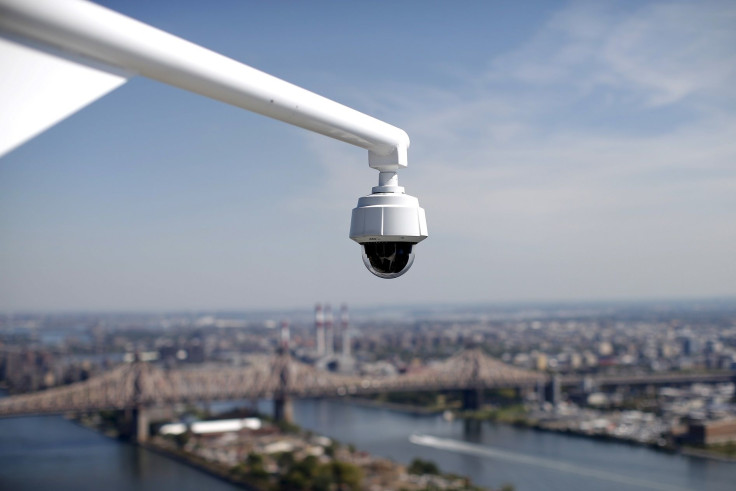Global demand for smart security systems set to increase with rising need for safety

Taking care of safety has become a paramount concern these days. It is no wonder there is a steady increase in demand of smart security systems or intelligently programmed appliances designed to protect a location, a building, an establishment or people. A new study estimates a 15.4 percent growth in smart appliances in the next five years.
A Markets and Markets research study says that by 2020, these smart autonomous devices will reach 30 billion in number, and its market will be worth US$37.2 billion (AU$52.6 billion) by then. In particular, millions of consumers around the world are increasing the demand for smart home security products.
According to Android Community , a typical smart security system usually consists of a camera installed in a home, a school, or an office. It records the activities and people going in and out of those homes 24/7 and makes these images available to the owner or a person of authority who may want to view them at any given time. The owners can also use their smartphones, linked to the central computer system, to check if their house gates remain locked or if their business places are free from the harassment or troubles. Location does not matter; owners can click on their phones and access the monitor of the security systems while on the road, or attending an important conference in another state.
Another security innovation is an automatic alarm detector that is wired to the Internet and can be connected to one’s email or smartphone. The minute the smart detector registers triggering signals, such as the glass window that may have been destroyed by an intruder or smoke that may indicate the beginnings of a fire, it sends an email or a text message to the owner. The message will explain the nature of the emergency.
The US-based security company Lubbock Sound, Sight and Security (LSSS) reported an increasing number of sales of their smart security systems, which contributed greatly to solving and preventing burglaries. In the report, manager Nathan Gibson said there is a rise in the number of security cameras ordered from them and installed in Lubbock, Texas. The increased sale was probably a reaction to the 71 burglaries that were committed in Lubbock in the first two weeks of January 2016. Of these incidents, Gibson proudly says that the police and homeowners caught the burglars, who tried to infiltrate homes equipped with the LSSS security systems.
Looking out for the safety of their students, schools are also stepping up their security systems by installing the smart equipment and systems. The Chico Unified School District spent US$800,000 (AU$1.1 million) for high resolution cameras and the centralisation of their surveillance systems. This is part of the efforts to stop the recent acts of vandalism as well as to catch the perpetrators. Laguna Beach High School also cites vandalism as the reason behind their new security system investment, which hooked up their cameras directly to the police.
Seamless connectivity is the one integral element that can increase the chances of success of an installed smart security system. The data transmitted have to flow real-time without interruption and must be instantly accessed by the homeowner, the security company, and the police any time they need it. Emergencies are especially critical because these parties have to immediately observe what’s happening in their premises the minute a robbery breaks out, graffiti is painted on the school gates, or a fire breaks out in order to be able to take urgent action.
Top global tech company 5BARz International (OTCQB: BARZ) makes seamless connectivity possible through its plug-and-play device that significantly boosts the signals of the cellular devices around it within 4,000 meters. The network extender can amplify the cell signals of the smartphones that are linked to security system, ensuring there is no delay in the access or messages. For example, a homeowner, frantically racing to prevent the fire from breaking out and spreading his home, can alert the fire station, and send real-time images or report of the situation through the smartphone without fear of loss of contact.






